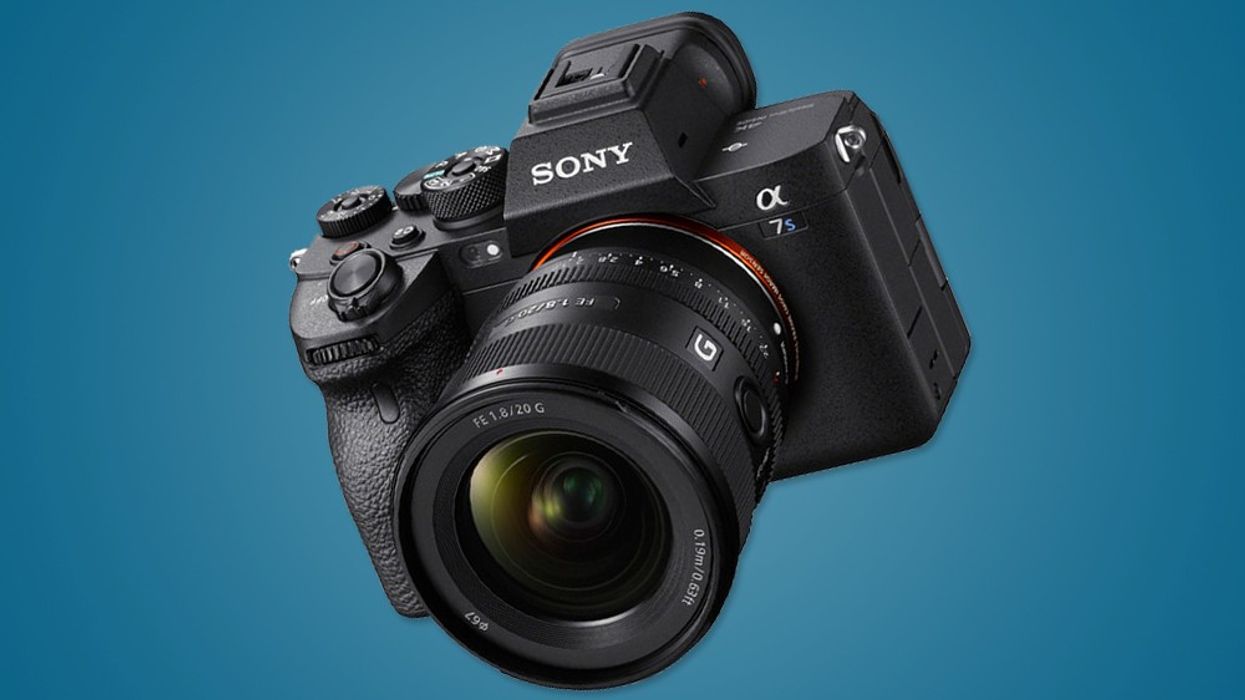These Are Sony a7S III Tips You Should Know
Let's dive into the unsung capabilities of the Sony a7S III.

It's hard to believe the Sony a7S III was announced six months ago and has been in the hands of shooters since last September. Time flies.
Having had the camera for some time, I've been able to learn quite a few helpful things that may come in handy during your next shoot.
Let's dive in.
SmallRig Camera Cage
My go-to camera cage is from SmallRig. It's been really helpful when doing handheld work and has plenty of mounting options for an Atomos Ninja V recorder, lights, microphones, or other accessories.
I've also added a top handle to my setup that brings more flexibility to shooting styles while making it easier to carry to different locations.
Digital Audio Interface
The a7s III does have a 3.5mm input, but it also comes with Sony's Digital Audio Interface that allows you to use the Sony XLR-K3M adapter, which gives you two XLR/TRS combo jacks and another 3.5mm input.
This allows you to run four channels of audio. The XLR inputs have a switch for line, microphone, and 48V phantom power, which is great for shooters looking to add a higher quality microphone to the setup.
Recording 4K RAW
Many of us already know the Sony a7s III can record ProRes RAW to an Atomos Ninja V recorder.
But what you may not know is that to take full advantage of RAW recording, you'll need to use HDMI 2.1 cables.
Shockless White Balance
In the white balance settings, there's an option for Shockless White Balance. What it does is allow you to adjust how fast the white balance will change while recording.
So if you know you want to change the white balance (say you're going from indoors to an exterior), this option allows you to set the speed for how fast the white balance will adjust between those two scenes.
ISO
Sony is known for cameras that work well in low lighting. When in the normal shooting modes, the a7S III performs exceptionally well going up to ISO 12,800 and beyond with little noise.
When shooting in S-Log, things change, specifically S-Log 3. When shooting above ISO 1600 on S-Log 3, the camera does not look good at all until you get to ISO 12,800, and then the image cleans up dramatically. This is because the a7S III has Low Base and High Base ISO settings for S-Log at ISO 640 and ISO 12,800.
My suggestion is to not shoot any S-Log footage above ISO 800. If you find yourself with a noisy image, try bumping up the ISO to see if it cleans it up.
1080p
The a7s III has some of the best 1080p images available because it can oversample the sensor without pixel binning to deliver its video. Even 1080p upscaled to 4K, the image looks great.
The one caveat is 1080p at 240fps. It looks awful. I'm glad it's there, but it is noisy and lacks detail.
Clear Image Zoom
There are no built-in crop modes in 4K on the camera, which I tend to like. However, it does have a mode called Clear Image Zoom which is essentially an internal digital crop.
Overall, it works well and allows you to get a 50% crop which is basically APS-C, but there is some quality loss. When using this option, you do lose your Eye AF and tracking abilities as you have on full-frame.
There is a workaround though where you don't lose any AF, but it requires you to turn to 1080p mode and then adjust the crop to APS-C.
4K 120p High Bit Rate
With ALL-I recording, you'll be using a better quality codec that allows for higher bit rate options.
If you go into XAVCS-I 4K recording option, you'll see a max frame rate of 60fps at 10-bit 4:2:2 600Mb/s. But if you go into your S&Q settings, you have the option for 120fps when the record frame rate is set at 24fps. This gives you a high bit rate of 240Mb/s.
You can also set the frame rate to 60fps to get 120fps at 10-bit 4:2:2 600Mb/s.
Image Stabilization (IBIS)
While the IBIS on the a7s III isn't that great, you can bring the footage into Catalyst Browse as a way to stabilize the footage. The software can use the gyroscope data from the camera to stabilize the footage in post. You will get a crop when using the method, but its process is much better than the IBIS settings of the camera.
When using that mode, you do need to keep things in mind. As of now, it does not work in any 120fps modes. You also have to have IBIS turned off and record at a faster shutter speed.
Do you own a Sony a7S III? Tell us your impressions or share any of your tips in the comments below.
Be sure to subscribe to my YouTube channel for all the latest videos.











